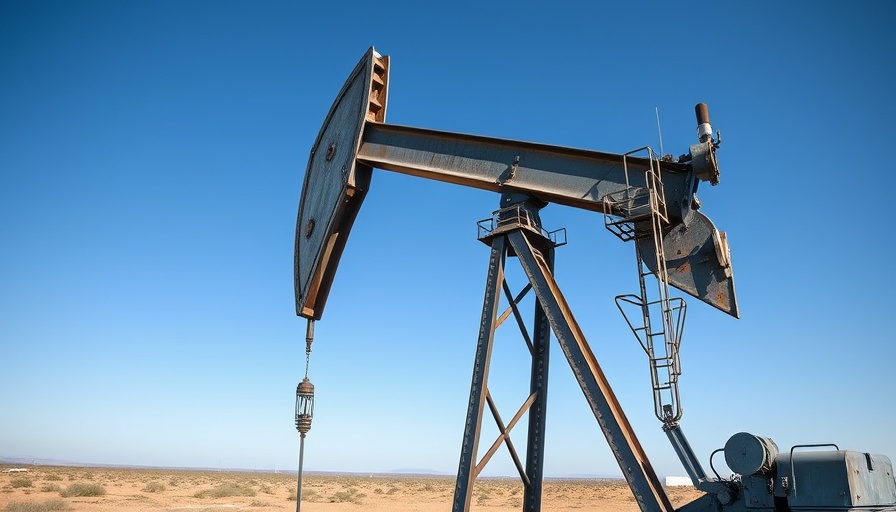
The Plunge of Oil Prices: What Does It Mean for You?
This week, oil prices hit a four-year low, sparking conversations and concerns among consumers and investors alike. The recent decline in oil prices represents more than just numbers on a chart; it reflects wider economic trends that can impact the everyday lives of individuals across the globe. For those ages 25 and over, understanding the significance of these trends is crucial, especially as they may influence everything from gas prices to the overall economic outlook.
Diving Into the Statistics
The latest statistics show a stark decrease in crude oil prices, which fell below $50 a barrel for the first time since recent years. This significant drop has raised eyebrows across industries. According to analysts, this decline is primarily due to an increase in production coupled with decreased demand from major consumers such as China. The implications of these shifts are broad, potentially impacting inflation rates, corporate profits, and even employment in oil-dependent regions.
The Economic Ripple Effect
When consumers see lower oil prices, they often experience a temporary sense of relief at the pump. Lower prices can mean savings for travel and commuting, which could lead to increased consumer spending in other areas of the economy. This suggests that the trend towards cheaper oil could stimulate economic growth, particularly in consumer-centric sectors. However, reliance on lower oil prices can also create risks; industries that depend on oil production may face job cuts and reduced spending as profits decline.
Local vs. Global Implications
For Texas, a state that thrives on its oil and gas industry, lower prices can spell trouble. With numerous jobs linked to oil extraction and production, local economies can be hit hard as companies scale back operations. Yet, while this may create challenges in Texas, globally, countries that import oil can benefit from lower prices, enhancing their economic stability. That balance illustrates the complexity of our interconnected world, where local woes can exist alongside global winds of fortune.
Future Predictions: Where Are Oil Prices Headed?
Looking ahead, many experts warn that while current prices may be low, they could rise again due to fluctuations in geopolitical dynamics and OPEC’s control over production levels. Price predictions are notoriously difficult, but factors such as Middle Eastern tensions, climate policy impacts, and emerging energy sources are likely to shape future pricing trends. Additionally, any major migration from fossil fuels could hasten these reforms and further reshape the oil landscape.
Common Misconceptions About Oil Prices
One common misconception is that when oil prices drop significantly, gasoline prices automatically follow suit. While this is often the case, numerous factors can also influence gasoline pricing, including local taxes, refining costs, and supply-chain dynamics. Therefore, it is important to approach the indicators of oil pricing changes with a nuanced understanding to grasp their real impact.
As consumers, staying informed about oil price trends can help us make better decisions regarding budgeting, travel plans, and investments. The current low prices provide a moment to reflect on how these economic currents will influence not only our wallets but also broader economic stability. We encourage readers to remain engaged with developments in oil markets and consider how they are affected by these fluctuations.
In summary, the recent drop in oil prices presents both opportunities and risks. While lower prices may ease some financial burdens, they could also foretell challenges for local economies, especially those heavily reliant on oil production.
To stay informed on the latest breaking news and economic insights, make sure to read updates regularly. Understanding the broader economic landscape can empower you to navigate your personal finances more effectively.
 Add Element
Add Element  Add Row
Add Row 



Write A Comment